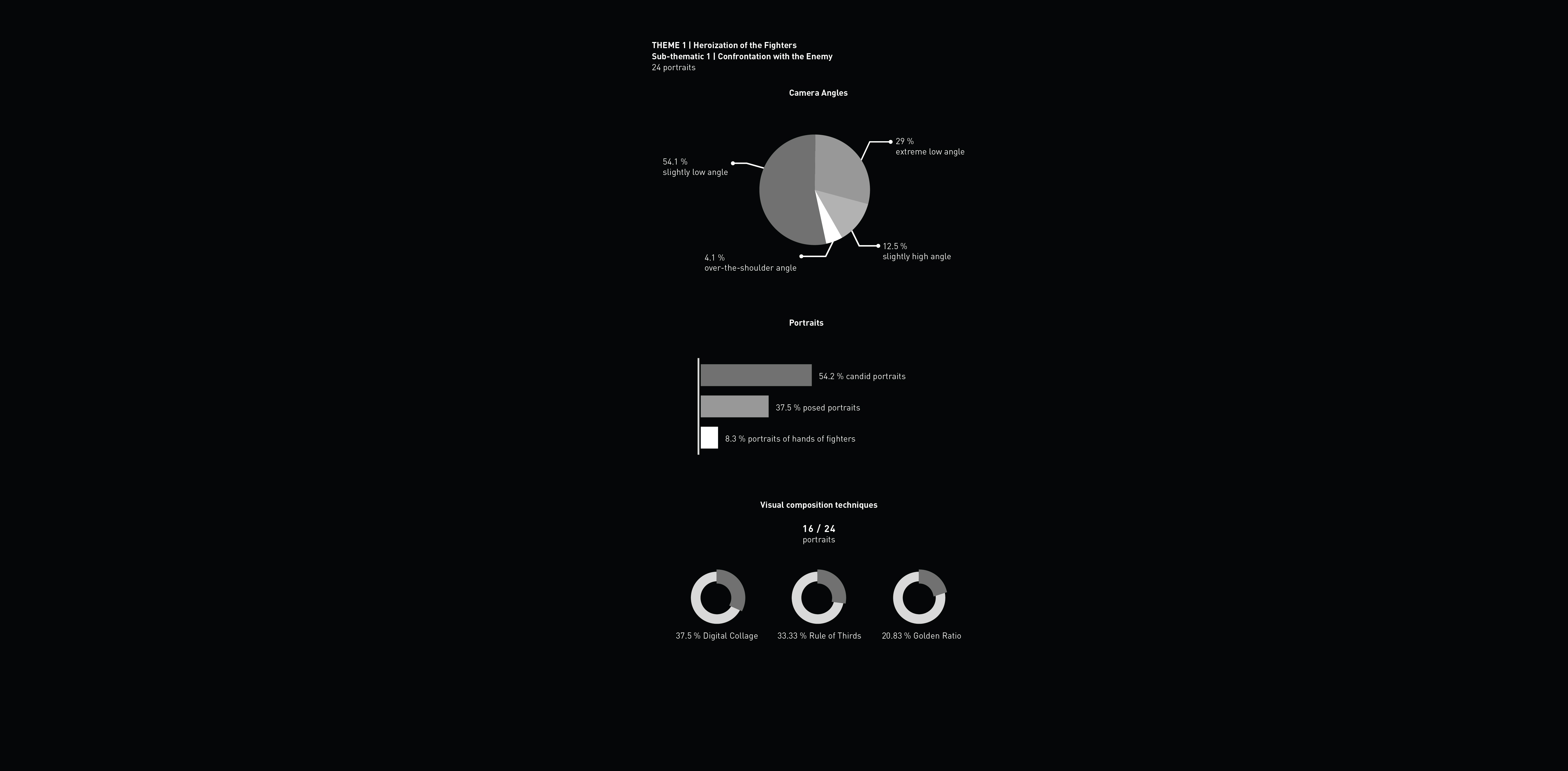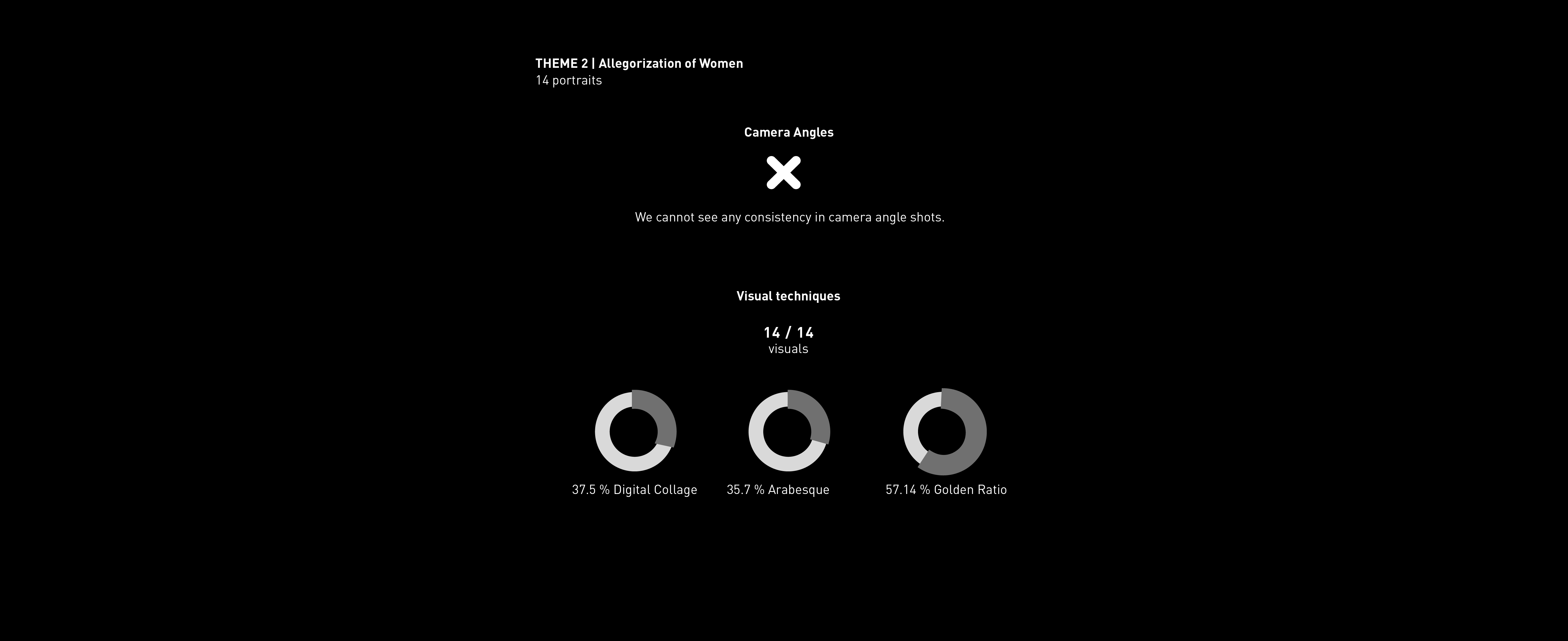Abstract
The visuals of Islamic State’s self-representational photographs elicit and modulate to aspire its audience’s perception and emotions to join the group. Islamic State’s agility and ability to appeal to young adults and to radicalize them urges experts to effectively counter jihadi narratives. This research investigates how the understanding of the affect techniques employed by Islamic State as well as existing counter-jihadi narrative campaigns can ameliorate the development of deradicalization and prevention campaigns. To be able to answer this, I divide this research into sub-questions: (1) What visual techniques does the Islamic State use specifically in photographs of self-representation, to communicate with, to affect, and to mobilize young adults? (2) What visual techniques do existing counter-jihadi narrative campaigns employ to affect their target audience? The overall objectives of this research is to gain an understanding of the affect techniques employed in (1) Islamic State visuals and (2) existing counter-jihadi narrative campaigns. In order to achieve these overall objectives, this research conducts rhetorical design analysis with the aim of creating a repertoire of (1) visual techniques the Islamic State employs as well as (2) effective visual techniques that could be employed in activities countering jihadi narratives to have a positive impact by way of assisting in the development of jihadi radicalization prevention campaigns.
About the research and its different stages
Read about the project's evolution
Research Plan Feedback in Design with Social Impact course
November 20 2017
Feedback given by Minou Afzali
Read MoreWritten Project-Research Plan - Design for Social Impact Course
October 27 2017
My master research is related to and will hopefully be a contribution and part of the research that has been undertaken in HKB on...
Read MoreAdvertising Terror - Corporate and Communication Design Strategies of Terrorist Organizations
September 21 2017
First Presentation of Research
Read More






